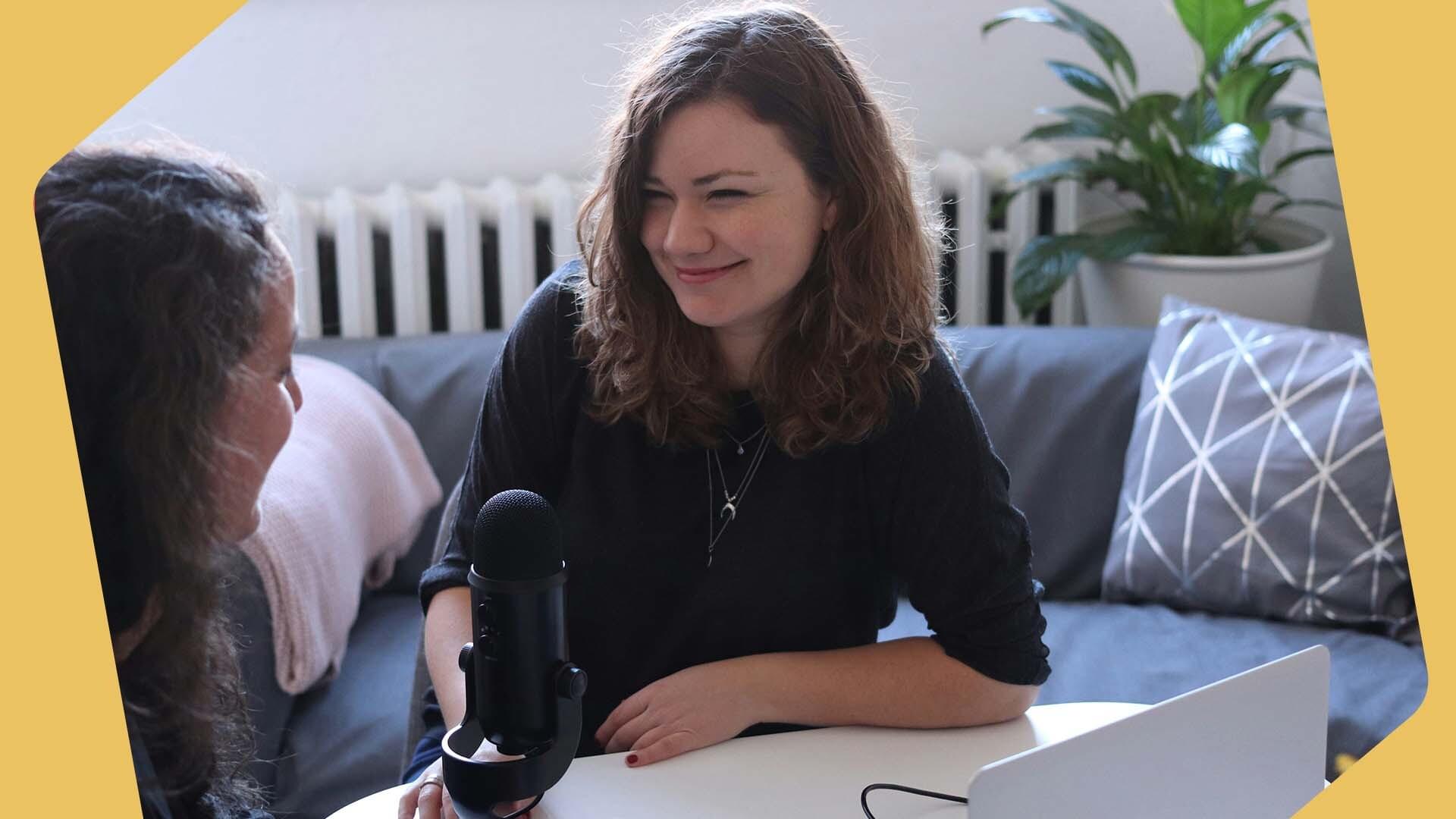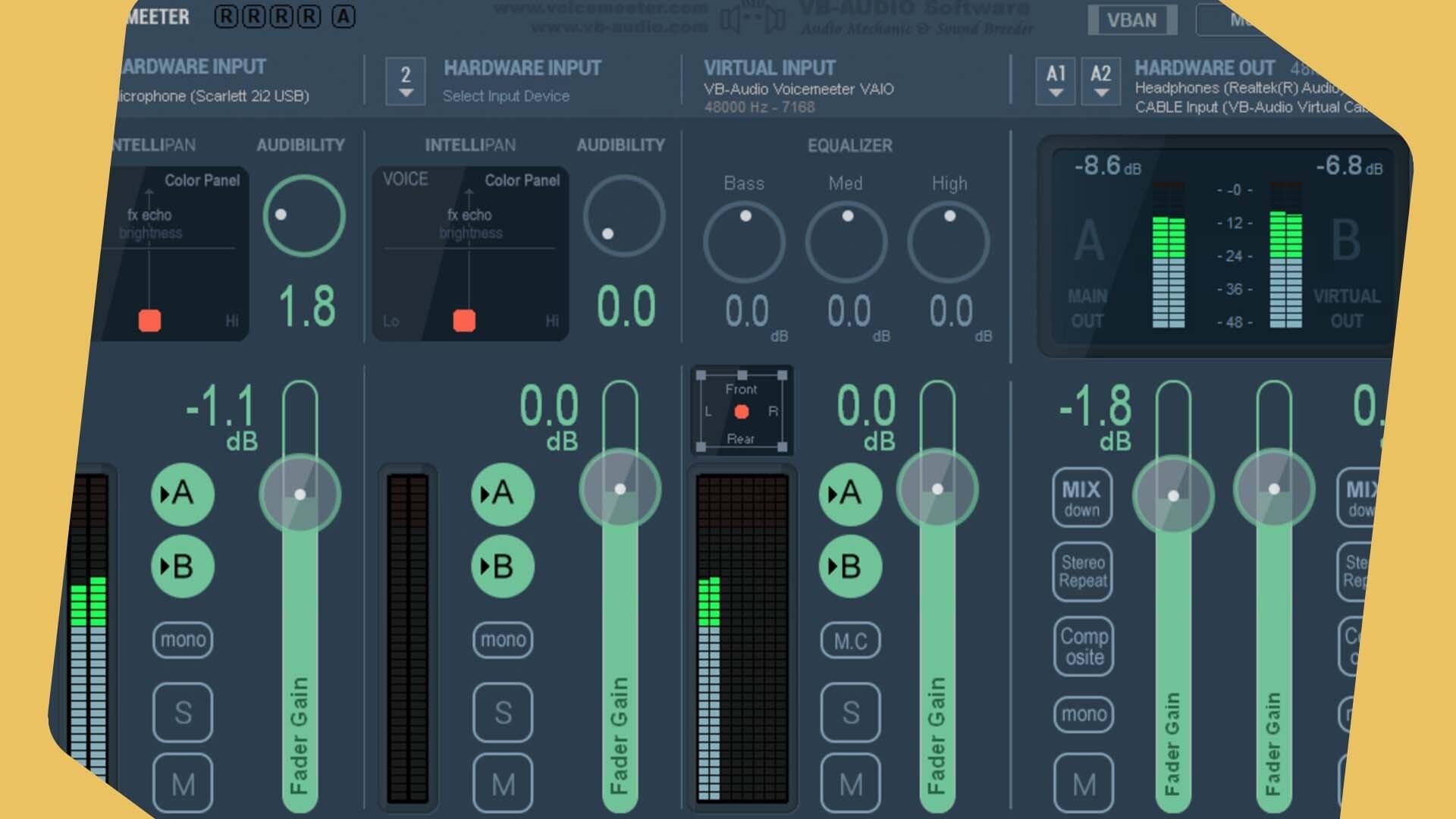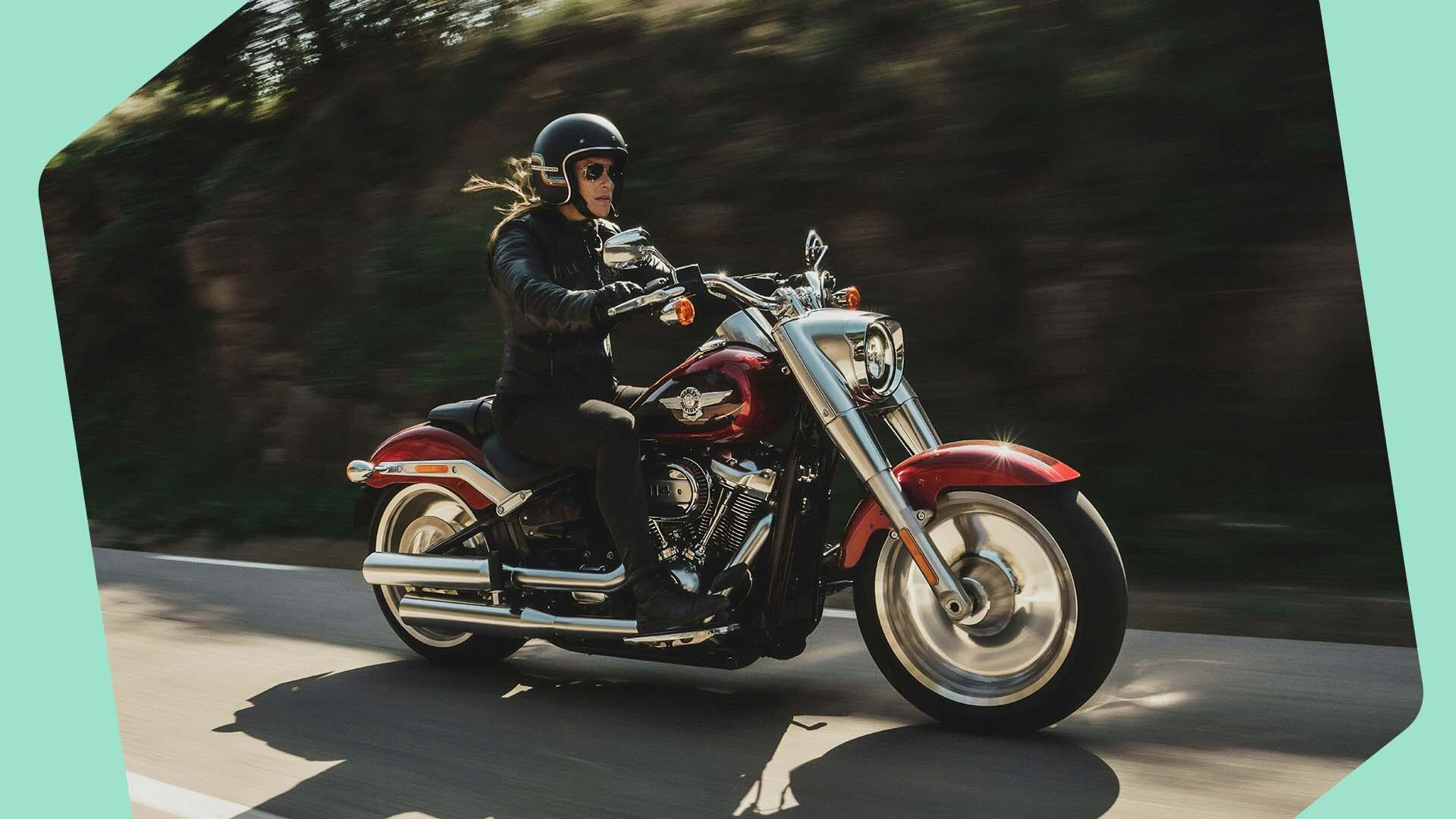Best Microphone Protectors, Pop Filters, & Booths
Microphones are really sensitive, so you need the best microphone protectors, pop filters, and booths to control your audio - here are a few worth checking out.
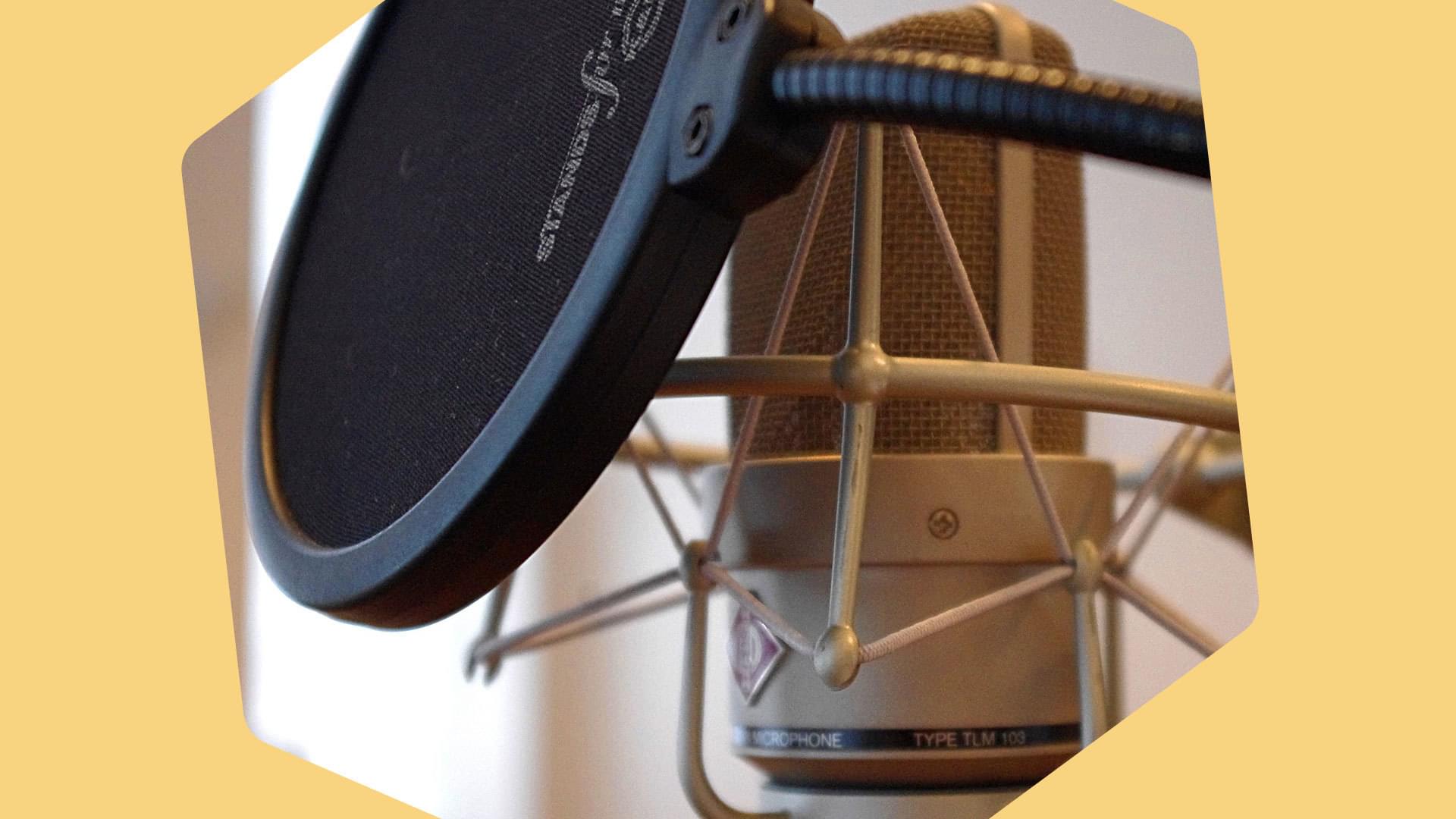
There’s nothing worse than realising your audio is off after you’ve finished broadcasting or recording a show. You want to make sure everything is right the first time around, that means you need to watch out for plosives and peaks that could ruin your shows. Luckily, these best microphone protectors, pop filters, and booths are worth checking out to keep your audio in check.
Common Problems: Peaks, Pops, & Plosives
Pops and plosives are basically whenever audio peaks, for example, when you make a sound that causes you to blow a puff of air at the mic, such as any “P” or “B” sounds. If the mic picks this up badly, it will cause the audio to spike and the quality to drop.
To fix this you need to use a barrier like a pop filter, muffler, or even portable sound booth which helps to reduce the risk of plosives and also outside noises to give you clearer audio recordings.
Pop Filters
Pop filters act as barriers to stop you and your microphone from getting too close. They’re easy to use, just clip them onto the mic arm and adjust the arm length. They effectively reduce the amount of sharp air that hits the mic as you talk, making it a lot less likely that you’ll have bad plosives in your recordings. There are a few different types of pop filters available, but they essentially all do the same job.
InnoGear Studio Microphone Pop Filter
The InnoGear pop filter is a dual screen pop filter with a very affordable price. The two layers of fabric help to disperse the air from your mouth as you talk before it hits the microphone.
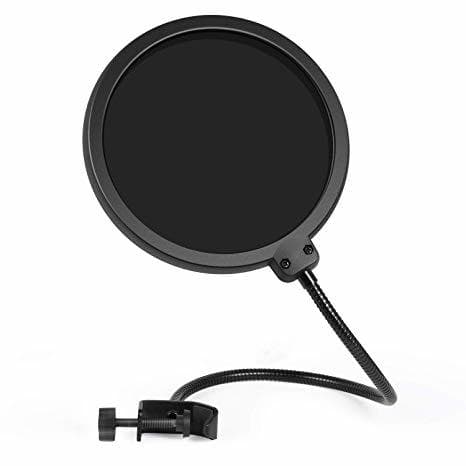
The air goes through one layer which disperses it, then gets trapped in between the layers and disperses further while it works its way through. Most pop filters come on an adjustable gooseneck attachment too, meaning you can easily position the pop filter wherever you need it around the mic.
TiGree/PEMOTech Windscreen
Similar to InnoGear’s pop filter design, the TiGree/PEMOTech windscreen has a multi layer barrier to stop pops from reaching the microphone.
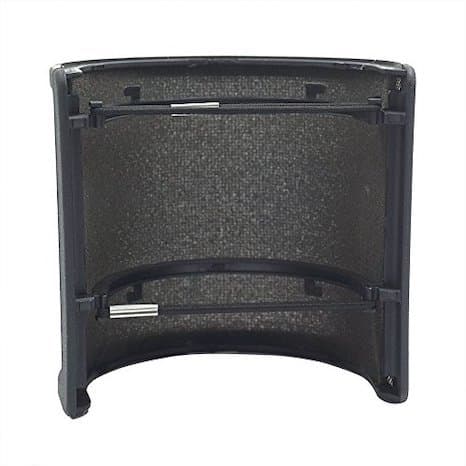
The unique thing about this type of shield is you can add it like a sleeve to your microphone. It slots onto the top of your mic so you don’t have to fiddle about with a pop filter arm to get it to the right place.
Microphone Mufflers
Mufflers are probably the most common type of microphone protector you’ve already seen. Professional studios often have their own branded mufflers on all the mics. These types of protectors are round foam pieces that you put over the end of a mic. They act as a shield against the presenter’s vocals and far away noises, so they significantly reduce the risk of peaking the audio. Due to mufflers being thicker than pop filters, they tend to make any recordings a bit quieter, so there is a trade off.
Mudder Foam Microphone Mufflers
Mufflers, or windscreens as they’re sometimes called, are probably the easiest option for anyone looking for a microphone protector because they’re easy to pop on and can be used for on location recordings. As we said before though, please be aware that with this option, they do tend to quieten the audio of your recordings a bit.
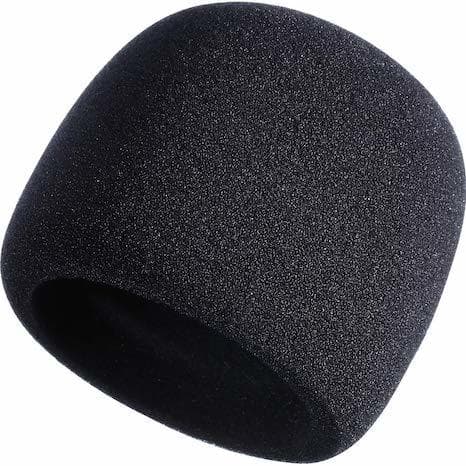
The mufflers tend to come in packs, so try the pack of 5 Mudder mic mufflers. They’re perfect for keeping the wind off of your mic and also catch any salvia (which is gross, but true) that might build up on the mic otherwise. You can also wash and reuse these if they get a build up of saliva on them, which is always a plus!
Portable Sound Booths
Portable sound booths are essentially foam boxes that trap in noise. They’re usually a metal box or back padding that sit around the mic. Foam tiles cover the inner walls to muffle sounds. Sound booths can vary though. Some are just a curved shields of foam that sit behind the mic (like the Pro Acoustic mentioned below). These don’t necessarily help with plosives, but they can help with focusing main audio and dispersing background ambient noise.
Pro Acoustic Foam Sound Booth
The Pro Acoustic sound booth is is a good example of how to handle noisy rooms. It’s made up entirely of a thick curve of CNC acoustic foam which is there to absorb most ambient and background sounds.
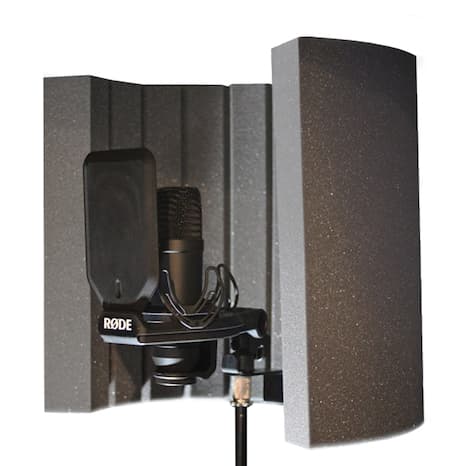
This doesn’t mean it will absorb every sound, but just enough of the main audio to give a crisp sound to it. Plus, it will disperse any background ambience too, making everything clearer.
As the Pro Acoustic sound booth is made from a thick layer of foam instead of having metal framework supporting it, it’s a lot more lightweight and portable. It also reduces the risk of it toppling the microphone over (which does happen from time to time, especially for heavy and expensive mics!).
sE Electronics Reflexion Filter X
Similar to the Pro Acoustic sound booth, the sE Electronics Reflexion Filter X booth has a hard back, so it’s a little bit sturdier.
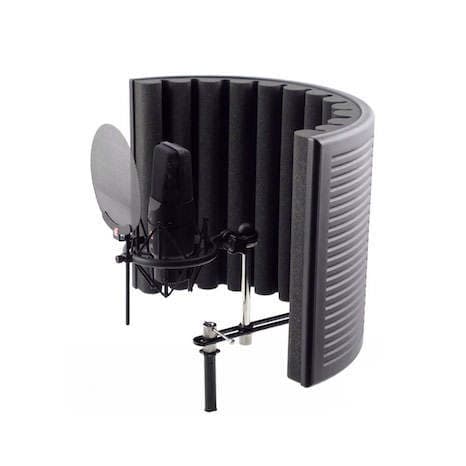
It does a great job at dampening room noise for vocals, giving you a dry vocal sounds so you can add effects later on. Works really well overall, giving you the similar results as a makeshift home studio.
While there are many different types of microphone protectors, pop filters, and sound booths, hopefully these are useful enough to set you on the right path. If you have any questions about microphone equipment like these or other parts then be sure to get in touch with us at at studio@radio.co.

